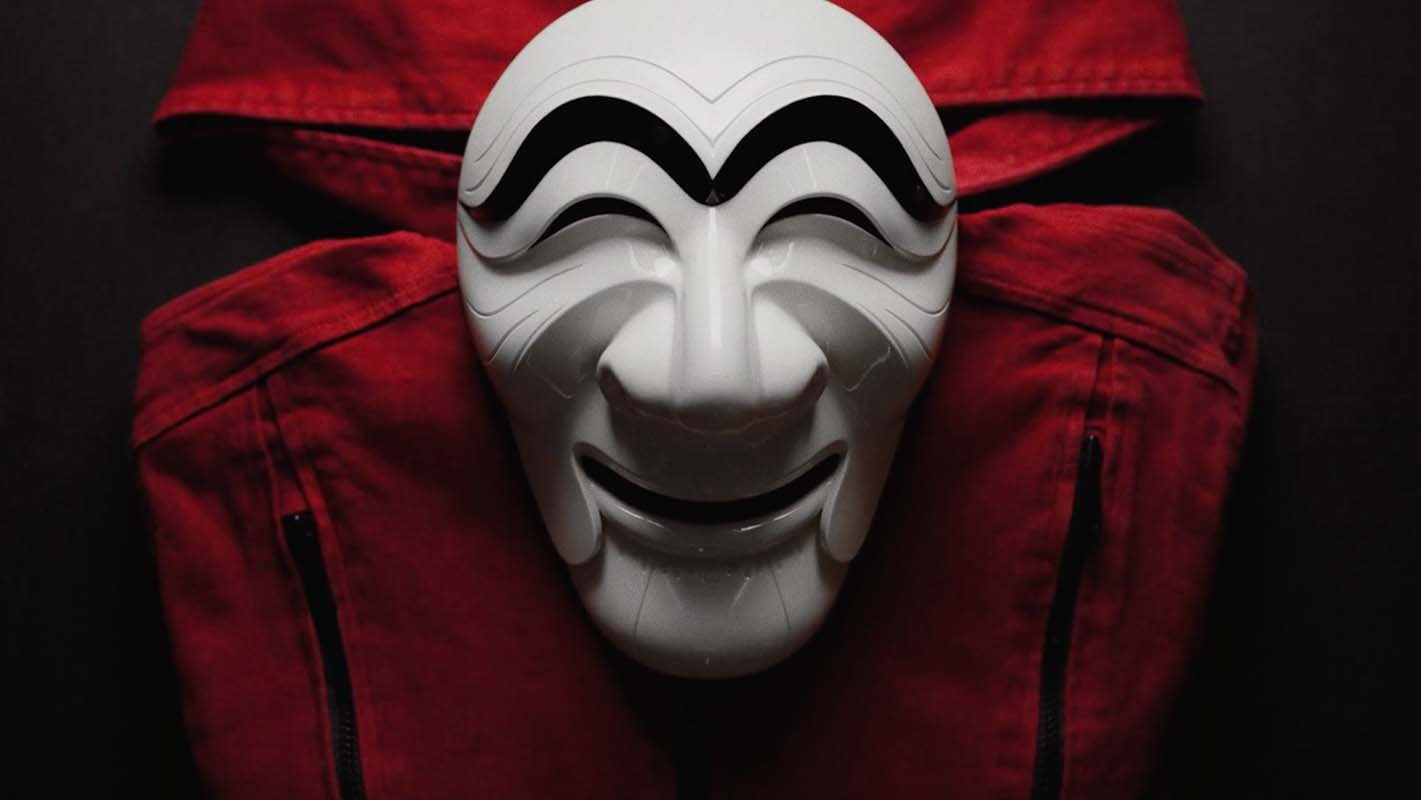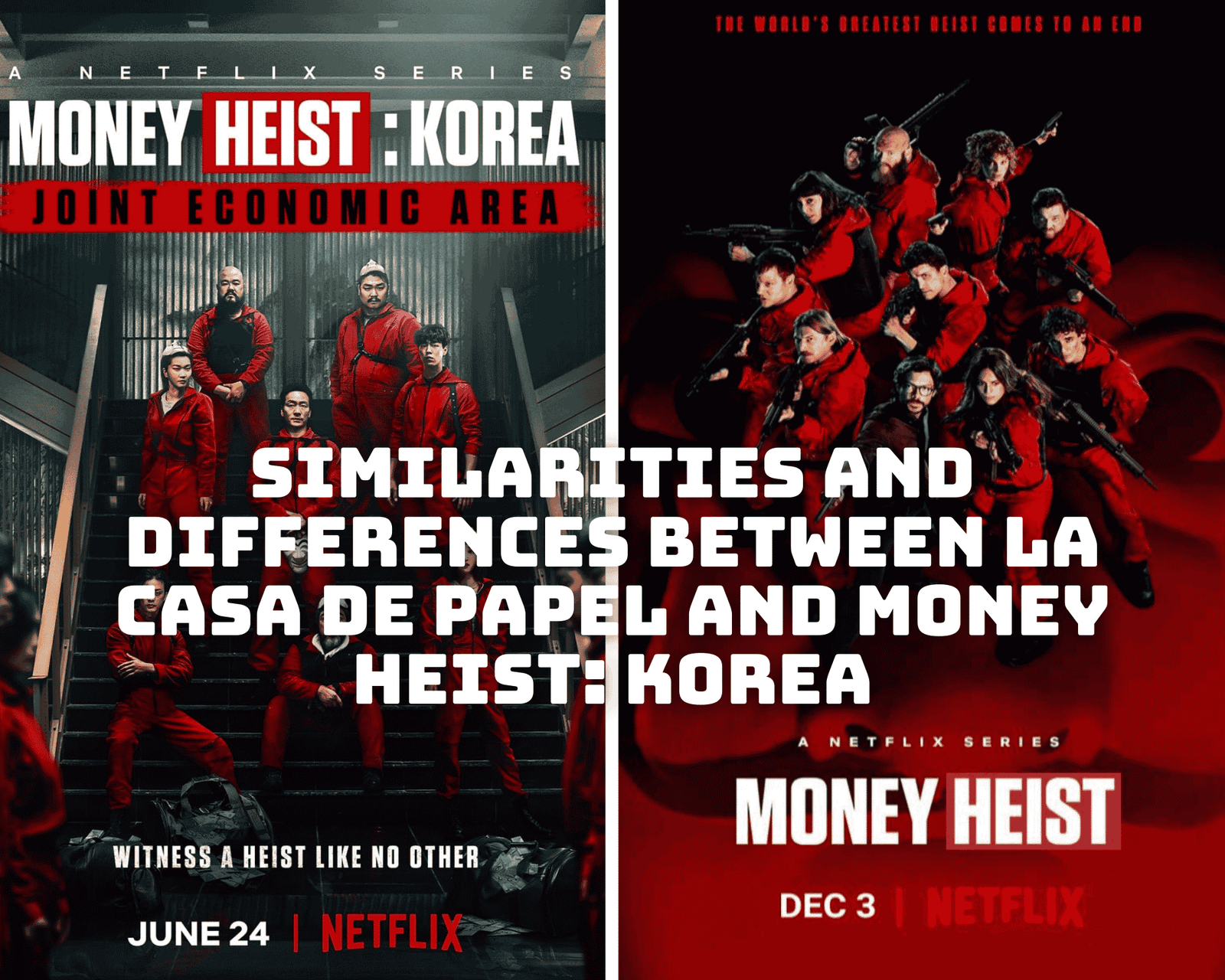It’s always fun to watch a remake of a movie or TV series to find out what’s different from the original and what’s stayed the same. Since there’s this brand new remake of the Spanish crime series Money Heist – yes, we’re talking about Money Heist: Korea – you’re probably wondering the similarities and differences between La Casa de Papel and Money Heist Korea – Joint Economic Area.
Money Heist ran for 5 parts, causing a stir around the world and being watched by millions of people. The multi-award winning TV series said goodbye to its fans in 2021 and left them disappointed. However, in December 2020, Netflix confirmed the Korean remake of the series, and Money Heist: Korea was released on June 24, 2022, fulfilling the Money Heist fan community’s longing for more Money Heist episodes with a breath of fresh air. Now let’s talk about the similarities and differences between La Casa de Papel and Money Heist: Korea – Joint Economic Area.
Similarities Between Money Heist and Money Heist: Korea

La Casa de Papel
One of the most striking similarities between La Casa de Papel and Money Heist: Korea is the plot structure of the original series and the Korean remake. As you already know, La Casa de Papel follows eight people and a mysterious man called “The Professor” who carry out an ambitious plan that consists in breaking into the Royal Mint of Spain and escaping with 984 million euros. After taking 67 people hostage, they plan to stay in the mint for 11 days to print the money while confronting elite police units.
Money Heist: Korea – Joint Economic Area is both a spin-off and a continuation of the original series. Therefore, the main plot remains unchanged, except for a few adjustments. In the Korean remake, we see how The Professor plans a heist in the Korean peninsula, inspired by the one in Spain. Therefore, Money Heist: Korea also serves as a metastory that embeds the original series by mentioning the Spanish drama through The Professor’s inspiration.

The Professor
Speaking of The Professor, another similarity between Money Heist and Money Heist: Korea are the characters in the two series. Along with the main plot, the characters remain almost unchanged in the remake. We also see the character of The Professor in Money Heist: Korea, along with the characters of Tokyo, Berlin, Rio, Helsinki, Nairobi, Oslo, Moscow and Denver, all of which have the same names as in the original version.
Also read: Money Heist Season 5 Cast Names, Ages, Characters, Partners
However, the name of the inspector in charge of the case changes in the remake, while the names of the other characters, except for the members of the heist team, are Korean. Therefore, Raquel Murillo in La Casa de Papel becomes Seon Woo-jin in Money Heist: Korea. Nevertheless, the story of Raquel and The Professor in the original series also remains the same and we see the love affair between the two in Money Heist: Korea as well!
Differences Between Money Heist and Money Heist: Korea

Money Heist: Korea adapts the features of the original show to Korea.
When it comes to the differences between Money Heist and Money Heist: Korea, we should mainly mention the adaptation of the story. Although the main plot is the same as in the original show, Money Heist: Korea adapts the features of the original show to Korea and brings certain Korea-specific elements to the remake.
The remake’s creators also stated that Korea is the only divided nation in the world, which they felt would make an interesting background for the series. Therefore, they based the plot of the series on a Korea that’s on the verge of reunification. Also, North and South Korea are establishing a Joint Security Area with the Unified Korea Mint, aiming to introduce a common currency for a stable joint economy.

Hahoe Mask
Another important and interesting difference between La Casa de Papel and Money Heist: Korea is the masks the thieves wear. Although the basic idea of the heist team wearing masks is the same, the masks they wear in the original and the Korean remake are different. As you know, when you talk about Money Heist, the first thing that comes to mind is the Salvador Dali mask that the thieves wear.
In Money Heist: Korea, however, the team of robbers wears the Hahoe mask, which plays an important role in Korean tradition. While Dali represents freedom in Spanish culture, Hahoetal masks are the traditional Korean masks worn in the 12th century Hahoe Pyolshin-gut t’al nori ceremony, representing the stock characters for the roles in the ceremony’s ritual dance dramas.
Also read: Money Heist: Korea – Everything We Know So Far!
















































Pingback: Holy Family Cast - Ages, Partners, Characters